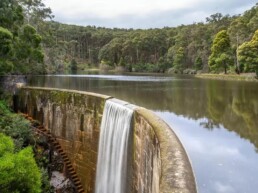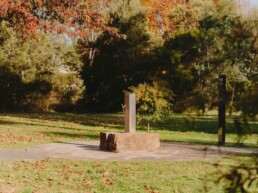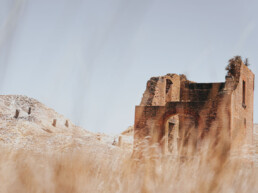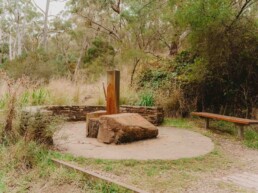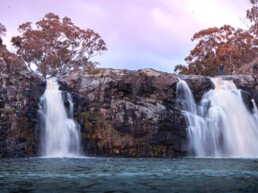Locarno Spring is possibly the most visually appealing of the springs.
Locarno Spring is possibly the most visually appealing of the springs, with four water outlets emerging from slabs of local granite arranged vertically on the sandstone paving. One of the outlets is a continuous flowing pipe, and the remaining three are spring-loaded taps. The bore that supports these springs was drilled in 2006 and is 26.5m deep.
This spring is thought to be one of numerous tiny eyes (seeps) discovered by geologist Dunn in 1910. By 1914, Locarno Spring had been developed and enclosed within a concrete and stone-work trench. Water poured from six or seven tiny brass exit nipples.
The spring was named after the Swiss spa city of Locarno, which hosted the signing of the ‘Locarno Pact’ back in 1925. The agreement was a fulfillment policy in which Germany agreed with France and Belgium to retain its western frontiers as set by the Treaty of Versailles at the end of World War I.
One noteworthy feature of the spring is that oscillations in water flow can be ascribed to changes in air pressure. Water levels in bores might fluctuate by up to 10cm owing to the passage of a weather front.
The spring is associated with fissures that break through sandstone layers on the east limb of the Hepburn Spring Anticline, which runs underground between Pavilion Spring and Locarno Spring. The anticline is visible in the road cutting north of Pavilion Spring, as well as at the creek’s base.
Hepburn Springs
OPEN IN GOOGLE MAPS


